Viterbo is a small city located in central Italy, near Rome. Although Viterbo is not a very famous city, it is still impressive in terms of history and architecture, and its surroundings are also worth visiting. It is perfect as a one-day or weekend trip from crowded Rome.

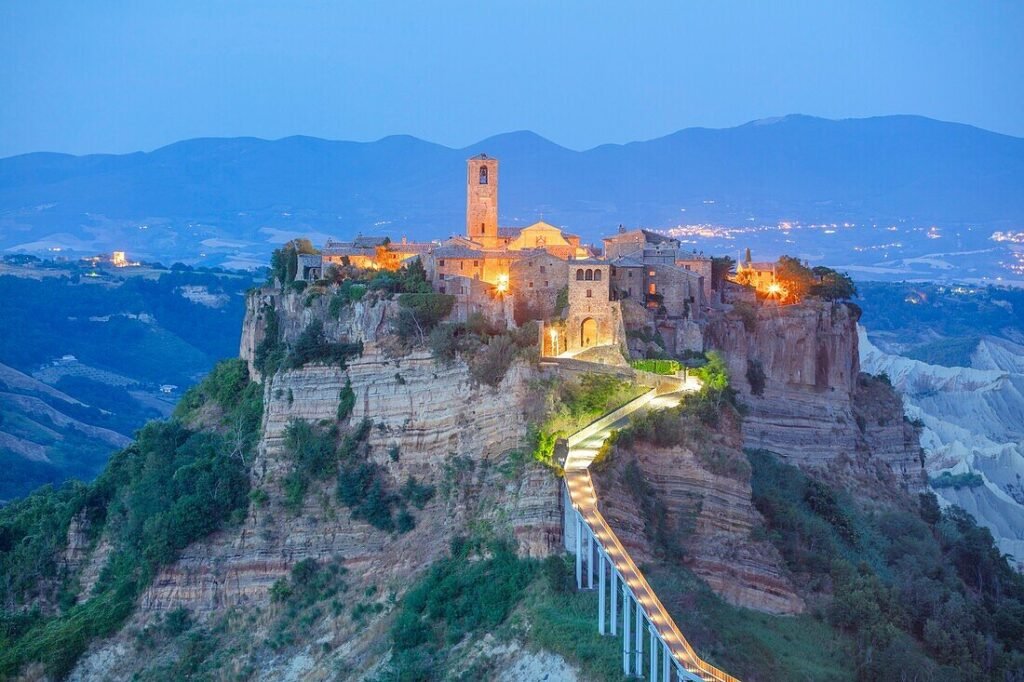
Located in the Lazio region of Italy, Viterbo is a city full of charm and history. It delights with its well-preserved medieval architecture and the surrounding picturesque scenery. A place with an authentic Italian atmosphere.
Capital Of Papacy
This former Etruscan city was in later centuries the unofficial capital of the papacy and a separate governorate. Perfect for relaxation, but also for political asylum, it has retained many testimonies of its former glory, including, above all, the system of residences of the papal court with variable state-private status. In addition to the papal palace and cathedral located in the city, it is worth going to the suburbs to the summer residence of the cardinal-governor Villa Lante (Bagnaia), and then Palazzo Farnese (Caprarola) and the garden in Bomarzo, representing Roman mannerism, Sacro Bosco (Holy Grove).

SIGHTSEEING:
Villa Lante
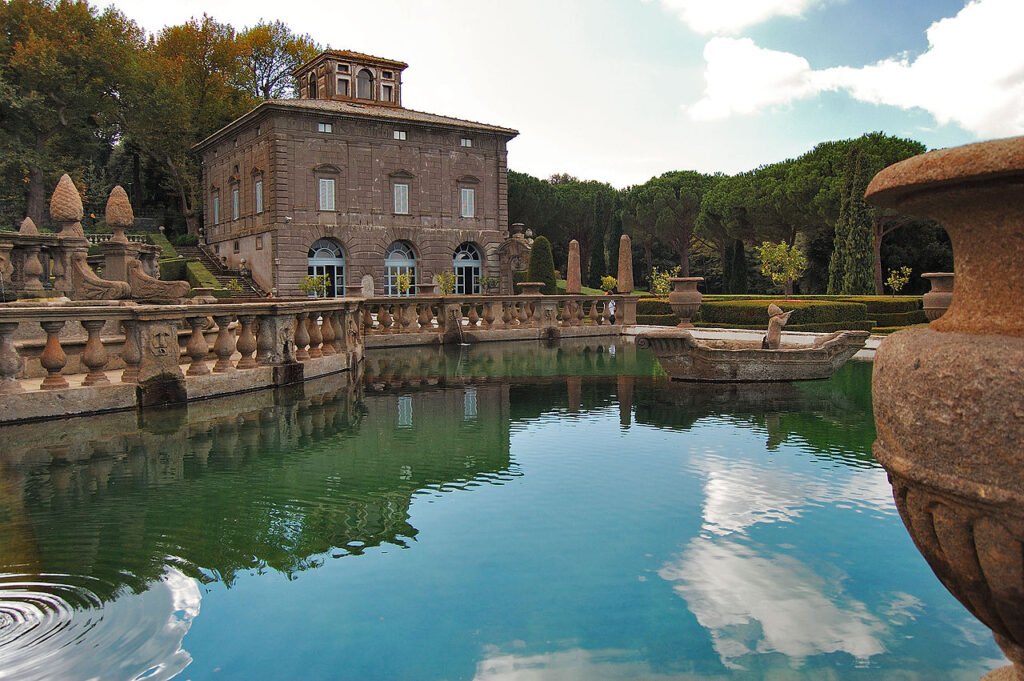
Villa Lante it has one of the most famous Italian gardens, enriched with fountains and water features. Villa Lante is located in the picturesque medieval village of Bagnaia, near Viterbo and is situated on a hill on the edge of the wooded Cimini Mountains. Construction began in 1511 and was completed around 1566. The gardens are the main attraction of Villa Lante, especially the water features, from waterfalls to fountains to grottos. To remember in particular the Fountain of the Moors by Giambologna.
Palace of the Popes
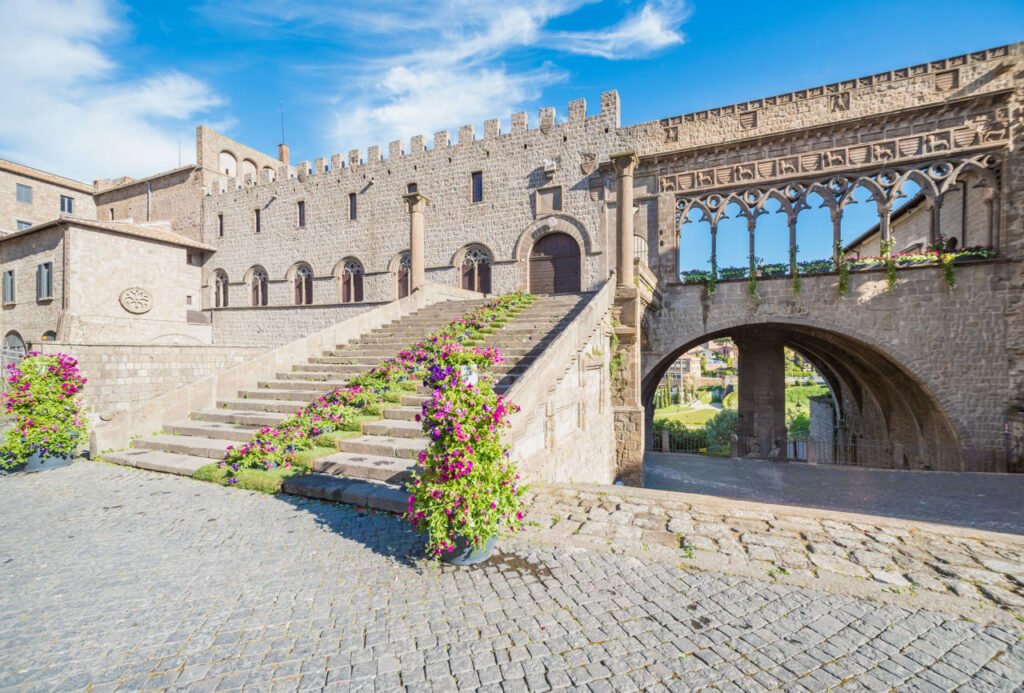
The Gothic Popes’ Palace (Palazzo dei Papi) was built for the popes who lived in Viterbo for a brief period in the mid-13th century. The Loggia delle Benedizione is where newly elected pontiffs would greet the faithful after emerging from the Aula del Conclave, site of the first (and longest) papal conclave.
Overlooking the handsome Piazza San Lorenzo, Palazzo dei Papi is one of Viterbo’s highlights, along with Palazzo dei Priori, the city’s Romanesque cathedral, and the medieval neighborhood of San Pellegrino.
Viterbo Cathedral
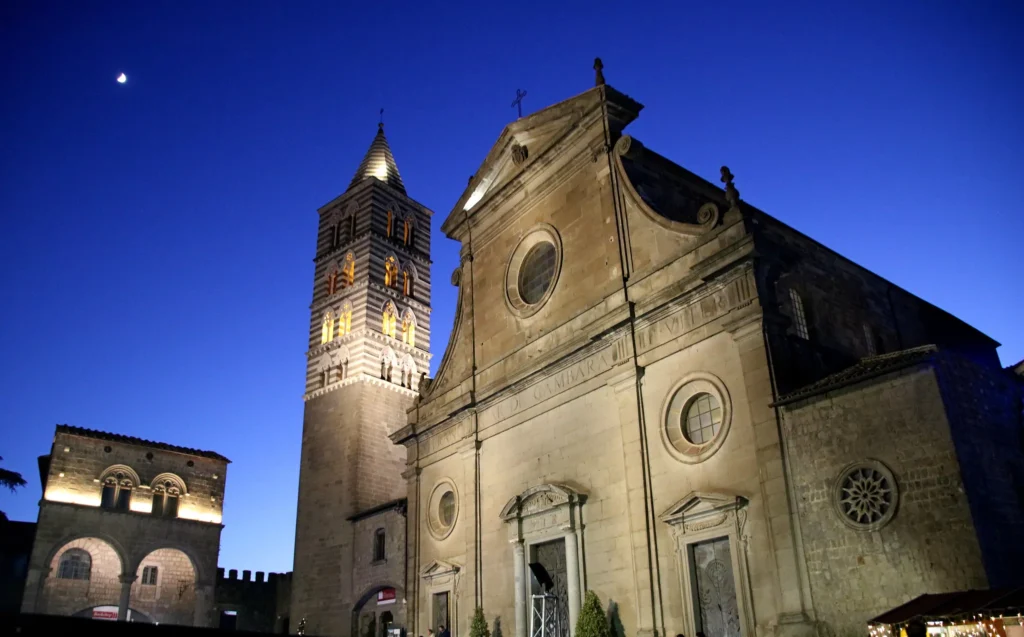
With its black-and-white bell tower, Viterbo’s 12th-century cathedral looms over Piazza San Lorenzo, the religious nerve centre of the medieval city. Originally built to a simple Romanesque design, it owes its current Gothic look to a 14th-century makeover and a partial post-WWII reconstruction. Many of the cathedral’s art treasures are today housed in the adjacent Museo Colle del Duomo.
Terme dei papi
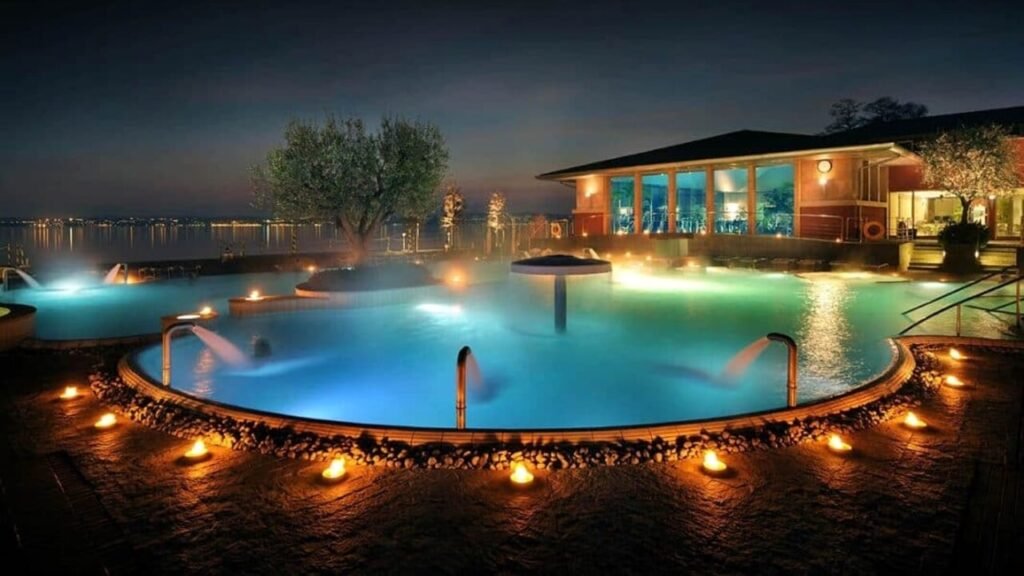
The Terme dei Papi are the oldest baths in the city of Viterbo. These thermal waters were already appreciated in ancient times.Even today these spas are the most famous in the city of Viterbo known for the properties of the water and for the extraordinary beneficial effects.
A large monumental thermal pool, over 2000sqm, with water coming from the bullicame thermal spring, a natural cave for the Turkish bath, where cascades of thermal water at 58 ° C gush out, creating a humid environment rich in steam. The vapors are particularly effective on the skin, respiratory tract, joints and metabolism.
Monster Park in Bomarzo
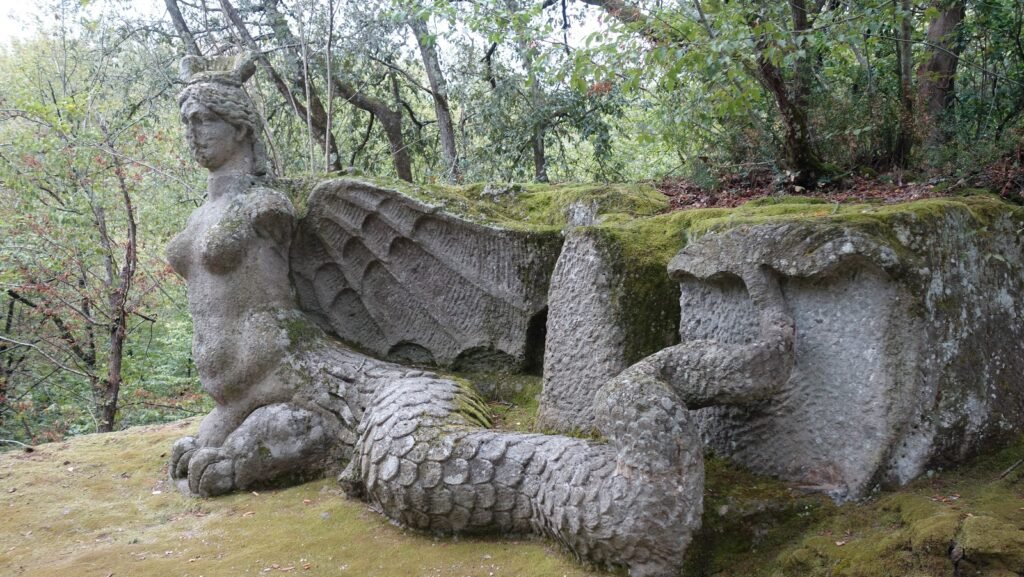

The Park of Monsters in Bomarzo, or Sacro Bosco, features fascinating statuary of mythical creatures.In 1552, Giulia Farnese’s husband, Prince Pier Francesco Orsini, commissioned architect Pirro.
The Villa of Wonders was relatively unknown, however, until Giovanni Bettini bought and restored it in 1954. Today it’s a fun place to visit in northern Lazio, between Rome and Orvieto in Umbria, although still off the beaten track for most tourists.
Rocca Monaldeschi della Cervara
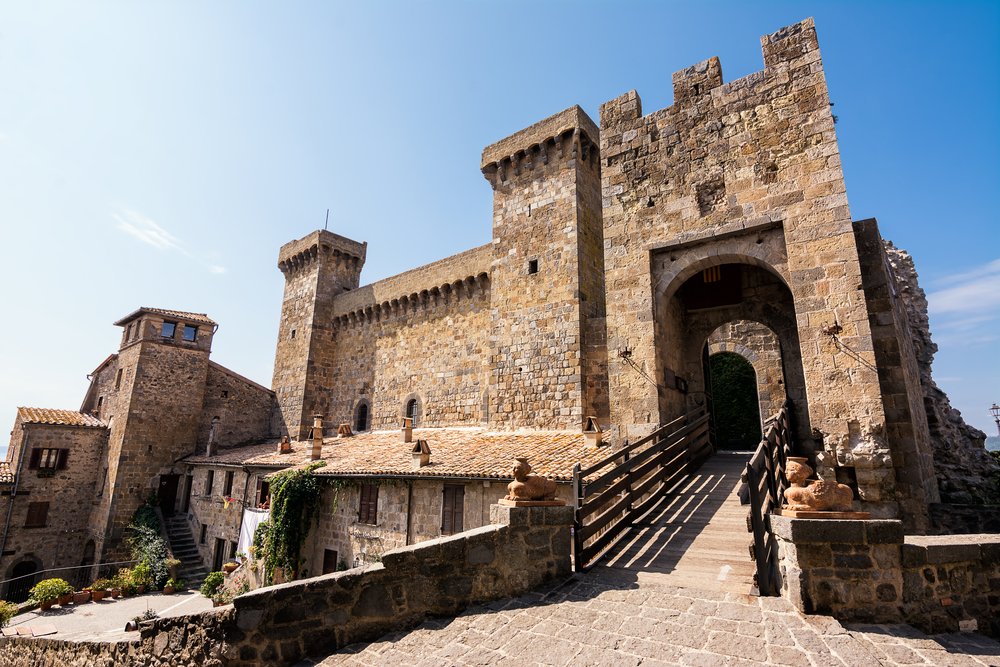
The undisputed symbol of Bolsena is its Rocca Monaldeschi della Cervara, an elegant historic building built between the 13th and 14th centuries which bears the name of the noble family that dominated this village for years. Today this historic building is the seat of the Territorial Museum of Lake Bolsena which allows, through a permanent exhibition, to retrace the historical stages of this city. Three floors of the structure in which important findings emerged from the shores of the lake are preserved, an extremely precise and accurate educational and artistic path.
Ruspoli Castle Viterbo
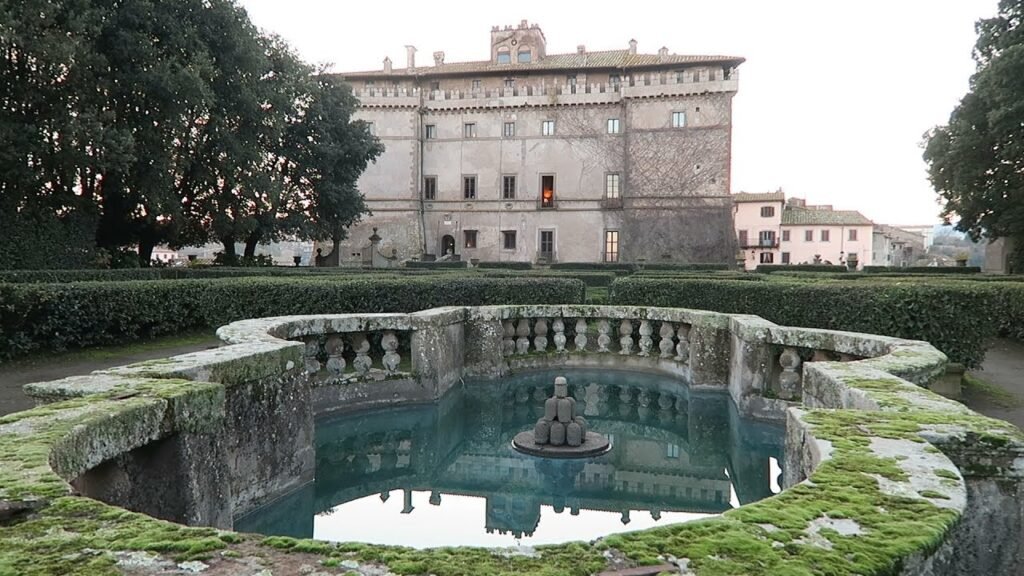
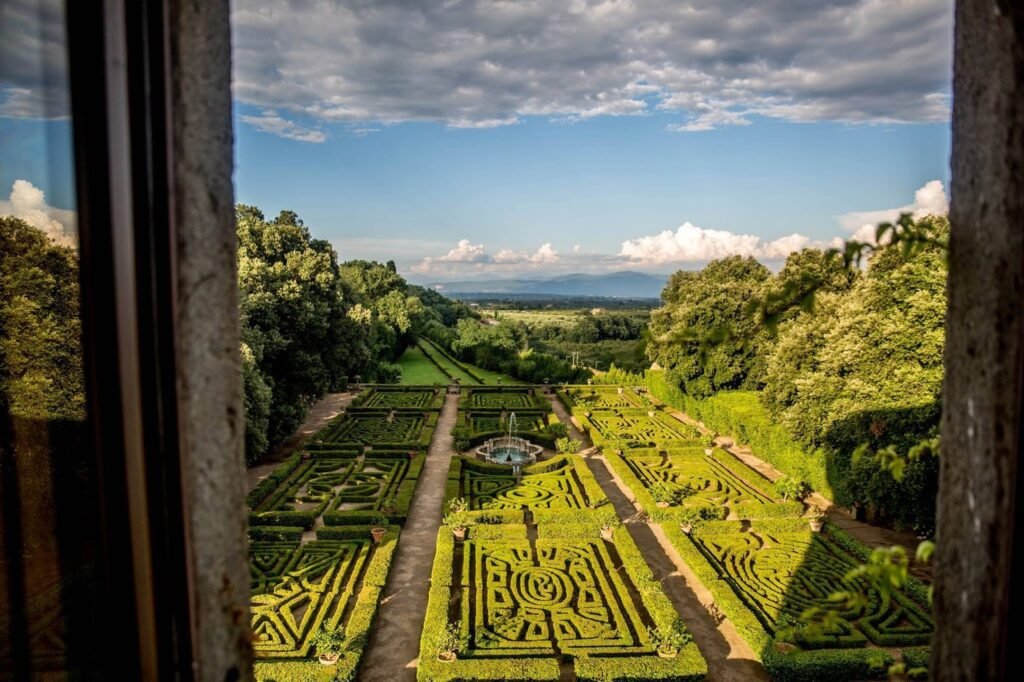
Ruspoli Castle in Riano in Viterbo province is situated on a hilltop on a rock and today its courtyard is the main square of the village. It has a square plan and three round towers with slotted openings.
On the ground floor there is a chapel containing paintings depicting Zuccari. There are also stables, warehouses, storage rooms and a cistern for collecting rainwater from the roofs. There are representative rooms on the floor above.
National Archaeological Museum of Tarquinia – Palazzo Vitelleschi
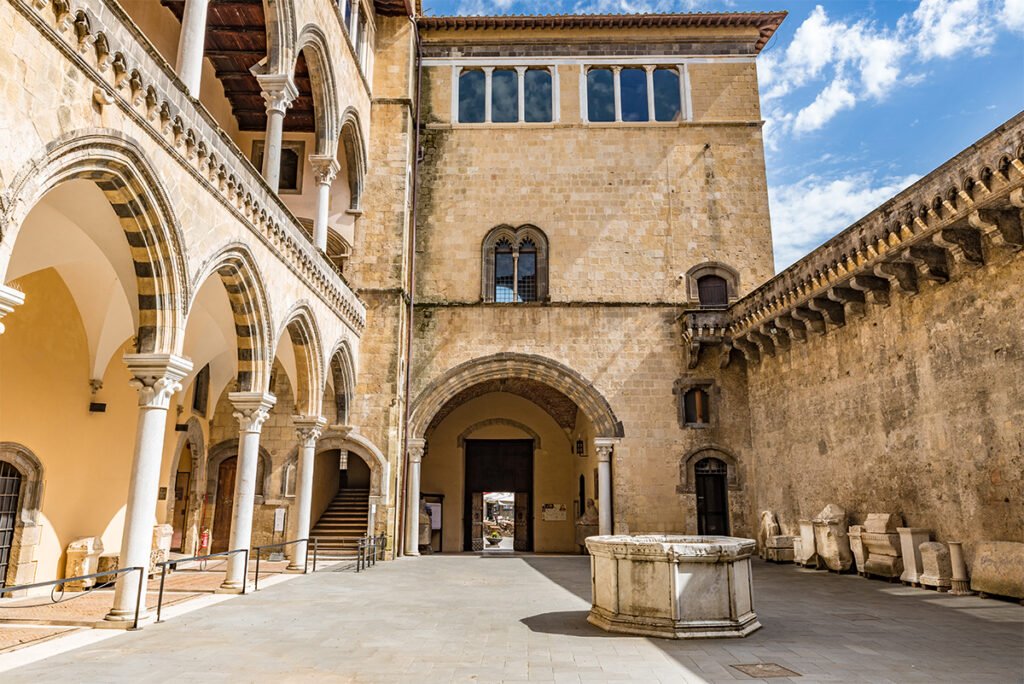
The National Etruscan Museum of Tarquinia, held within Palazzo Vitelleschi, is beyond doubt one of the richest and most importnat museums of Italy. Authentic architectonical masterpiece from the Renaissance, it was built by will of Cardinal Giovanni Vitelleschi between 1436 and 1439 based on a project by Giovanni Dalmata.
Torre Alfina Castle
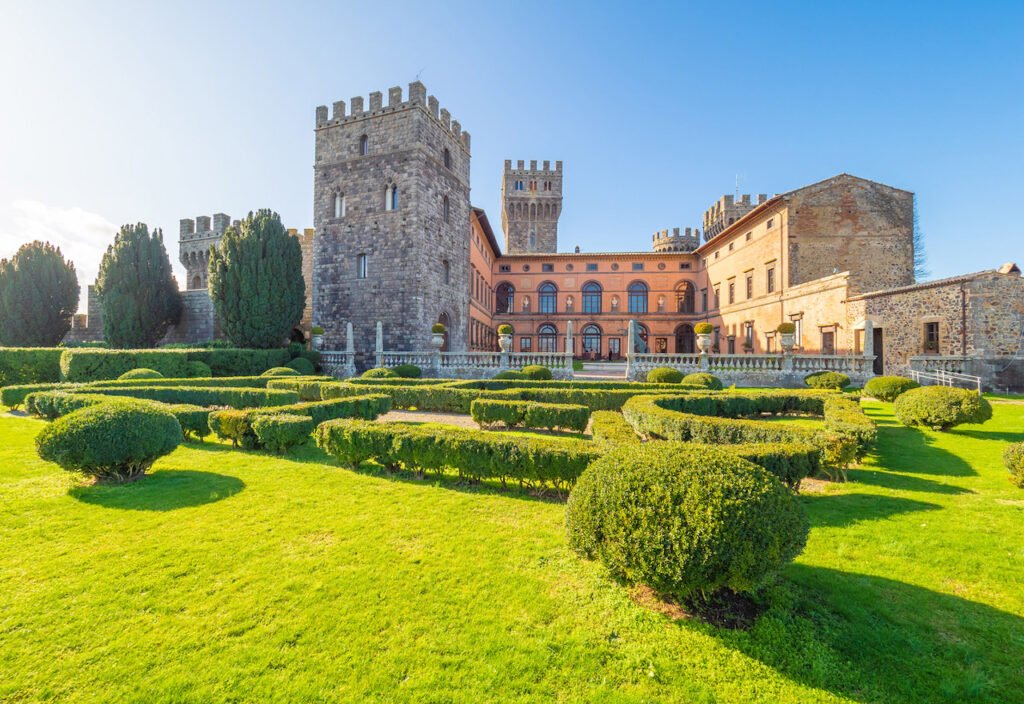
In the heart of the Bel Paese and surrounded by nature, a place that seems to be timeless. The village of Torre Alfina with castle , stands at 602 metres above sea level kissing three regions: Umbria, Lazio and Tuscany. The settlement, which is a part of the municipality of Acquapendente, in the province of Viterbo, is situated like a precious stone in a lush, breath-taking, landscape. With the grandiose towers of the castle dominating from above, the village is framed by charm and mystery, so much so that it is rightfully included among the most beautiful villages in Italy.
Regional Natural Park of the Ancient City of Sutri
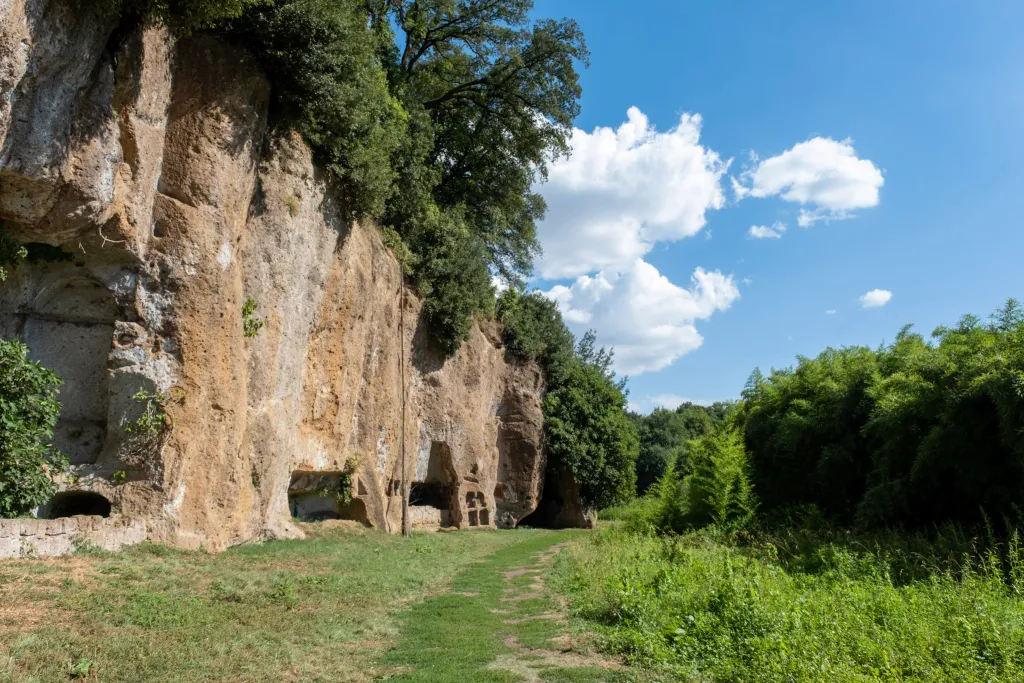
Beech Forest Of Monte Cimino
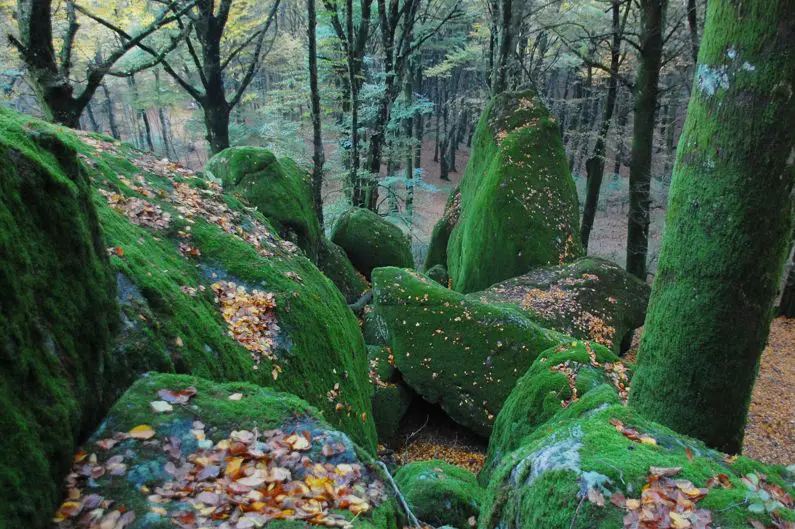
Italy’s World Heritage properties are spread across the entire country. Five of them are located in the Abruzzo, Lazio and Molise National Park. The only Italian primeval beech forest is found here, in the Valle Cervara. Cozzo Ferriero is a Strict Nature Reserve within the Pollino National Park, which is home to the oldest known European beech (620 years of age). Foresta Umbra comprises two forest reserves within the Gargano National Park. Biogeographically isolated from the main beech stands in the Apennine Mountains, it represents one of the most important refuge areas of the beech.
The beech forests of Monte Cimino and Monte Raschio have both survived on the top of a small volcanic mountain, where they grow on deep, fertile soils. The Sasso Fratino Strict Reserve is the first strict nature reserve in Italy; even though some peripheral areas have been logged in the past, the oldest part has remained untouched.
